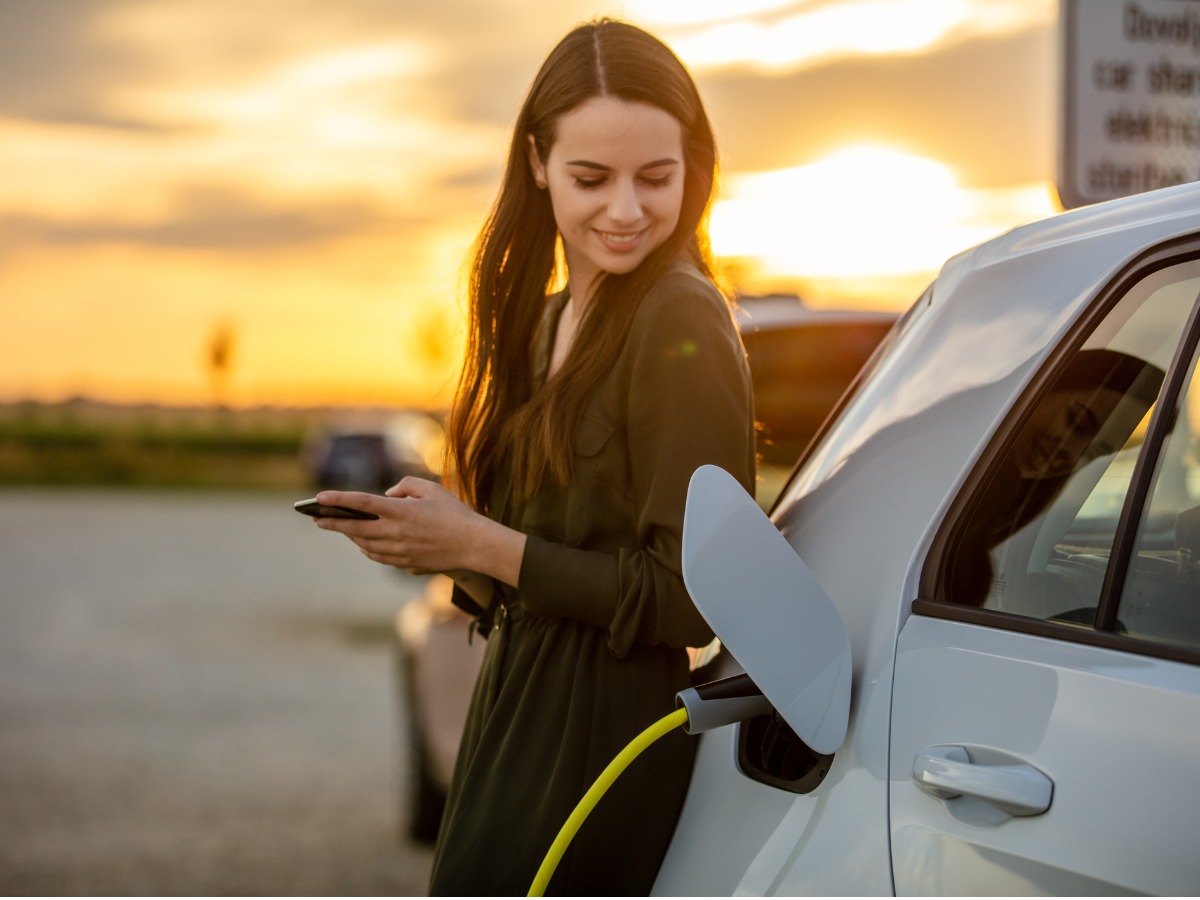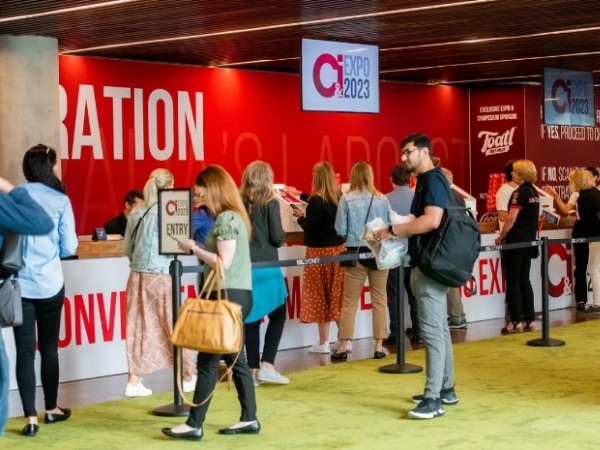The rise of electric vehicle (EV) ownership is set to spark new expectations from customers when it comes to refuelling.
EVs are set to change when, where, and how owners refuel, and there are vital questions that are yet to be answered, such as what will people do while they wait for their EVs to charge?
A new report from Kalibrate titled The Electric Opportunity: Mapping the habits, preferences, and needs of electric vehicle drivers, explores the changing relationship between customers and retailers, and how best to plan for the future of refueling.
Oliver Shaw, CEO, Kalibrate, says: “Refuelling an EV isn’t like refuelling a traditional vehicle – it can take significantly longer. Is there an opportunity for retailers to offer customers new experiences while they wait?
“Retailers know EV adoption is increasing, but without clarity of what the future will look like, many are hesitant to accelerate their plans for the future.”
So, what does the future hold?
Kalibrate conducted a survey of 1,433 consumers and 520 retail business stakeholders across 10 countries and discovered several key takeaways for retailers looking to prepare for increased EV adoption.
It found that while 86% of retailers say EVs and EV charging will be a future revenue-driver for their business, 55% think the market is too unpredictable to begin making concrete plans, and 52% have not begun developing an EV strategy.
“Retailers know EVs are the future of transport, and that charging represents a big opportunity. Yet the uncertainty of the future is stopping them fully embracing the market. Inevitably, it’s the early adopters that will reap the biggest rewards,” says the report.
EVs are the future of transport, but questions remain: what infrastructure do retailers need as drivers switch to electric vehicles? How will refuelling habits change? What exactly do EV drivers look like today, and how will that change in the future?
Of the retailers surveyed, more than half (57%) said that they’d like to better understand the characteristics and behaviours of EV drivers, and 67% said that their EV strategy would likely change over the next three years.
Of the consumers surveyed, 83 per cent of current EV drivers purchased their vehicles within the last two years, 54% intended to buy within the next two years, and 28% intend to buy within five years.
It’s clear that retailers can’t simply transpose the habits and preferences of fuel drivers onto an EV driver audience and to make the most of the opportunity, they need to better understand EV customers’ behaviour.
Kalibrate says: “58% of drivers often visit shops or businesses that offer EV charging, even if they’re not actively looking to charge their car. Some 59% of drivers tend to spend more at shops or businesses that offer EV charging, and 67% of drivers would think more positively of a shop that offers it.
Retailers also should understand where and how often EV drivers refuel, with 51 per cent saying that they recharge at least once daily.
“When it comes to where they’d like to see charging points, 61% of EV drivers would like to see them at their place of work, followed by 57% at shopping venues, 43% at hospitality venues, 42% at motorway service stations, and 41% at existing fuel stations.”
An interesting point to consider is most respondents said they are likely to shop and spend money when taking a 30-minute break to charge their EVs on a journey – suggesting providers of charge points could profitably invest in grocery and other offerings.
For example, 60% would grab a drink or a bite to eat, 42% would shop for essentials like groceries, and 29% would shop or browse shops to pass the time. By comparison, most of these activities come in higher than checking work emails (36%), browsing social media (33%), or catching up on the news (25%).
Bearing all this in mind, it’s easy to see why some retailers still have questions before launching their EV strategy, but the market is evolving quickly, and the time is now to start planning for the future of refuelling.



